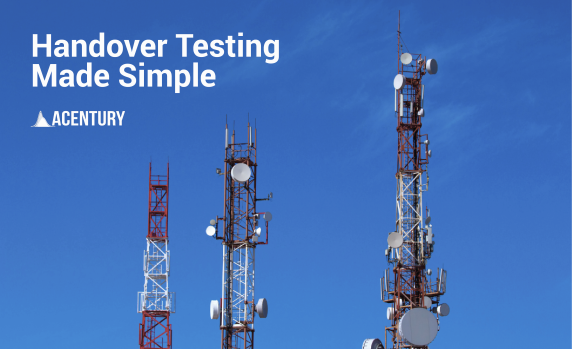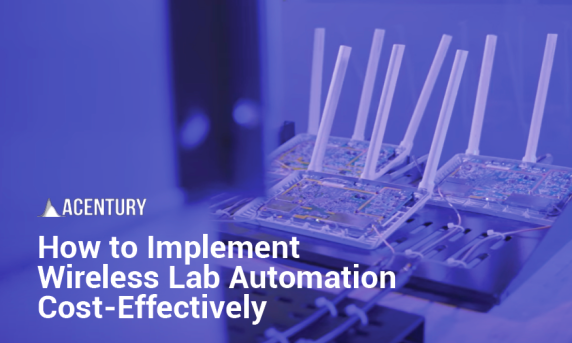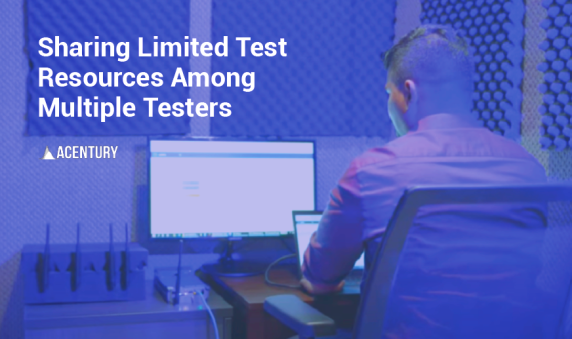Learn and discover.
Network Slicing brings revenue opportunities and testing challenges for operators
Mobile carriers have invested considerably in deploying 5G New Radio (NR) and 5G standalone (SA) networks. One of the most promising features of 5G Standalone (SA) to help monetize new services for subscribers is Network Slicing.
Saving Attenuator Shelf Space with a Compact Solution for an Active DAS System
A Canadian Tier 1 operator was deploying their active DAS system where they encountered challenges with rack space for attenuators. To solve this problem, they were looking for a compact-sized attenuator design that could fit as many units as possible per rack shelf.
Fifteen things you need to know about the spectrum rules for Private 5G networks in Canada
The Canadian government introduced new spectrum licensing rules through Innovation, Science and Economic Development Canada (ISED), allowing private 5G networks, with licenses issued under a Non-Competitive Licensing (NCL) model.

Handover Testing Made Simple
To simulate a handover, testers must precisely control RF signal strengths from two or more sites simultaneously. Techniques such as MIMO and Carrier Aggregation (CA) combine multiple RF signals together to improve network performance, but testers must manipulate many different signals simultaneously to properly simulate a single handover.


Sharing Limited Test Resources Among Multiple Testers
One of the biggest issues seen in RF labs is the need to share expensive and limited test resources among a larger group of testers. Ideally, all testers would have their own, dedicated test equipment. However, much of this equipment is very expensive so this isn’t really a practical approach in most labs.

The Current State of RAN Testing and Deployment Practices
Many operators rely heavily on emulation as part of a reasonable testing strategy. However, emulation, even when done at scale, doesn't accurately reflect the real-world environment and makes too many assumptions about network configuration that don't represent that operator's specific implementation.
